Easy Volcano Educational Worksheets
If you're a teacher looking for engaging and educational worksheets to teach your students about volcanoes, you're in the right place. These easy volcano educational worksheets are designed to provide a comprehensive understanding of this fascinating natural phenomenon.
Table of Images 👆
More Other Worksheets
Kindergarten Worksheet My RoomSpanish Verb Worksheets
Cooking Vocabulary Worksheet
DNA Code Worksheet
Meiosis Worksheet Answer Key
Art Handouts and Worksheets
7 Elements of Art Worksheets
All Amendment Worksheet
Symmetry Art Worksheets
Daily Meal Planning Worksheet
What is a volcano?
A volcano is a landform where molten rock, ash, and gases erupt through the Earth's crust. These eruptions can be explosive or effusive and are driven by pressure within the Earth's mantle. Volcanoes can form in various settings, such as at tectonic plate boundaries or hot spots, and they are a natural part of the Earth's geologic processes.
How are volcanoes formed?
Volcanoes are formed when molten rock, known as magma, from beneath the Earth's surface rises up and erupts onto the surface. This occurs due to the movement of tectonic plates, which causes pressure to build up and eventually release through volcanic activity. As the magma flows out, it solidifies and accumulates, eventually creating a cone-shaped mountain known as a volcano.
What are the different types of volcanoes?
The main types of volcanoes are shield volcanoes, cinder cone volcanoes, stratovolcanoes (composite volcanoes), and calderas. Shield volcanoes have a broad, gently sloping shape, cinder cone volcanoes are small and steep-sided, stratovolcanoes are tall and conical with alternating layers of lava and ash, and calderas are large, basin-shaped depressions created by the collapse of a volcano's summit. Each type of volcano has distinct characteristics based on its eruption style and composition of lava.
What is the structure of a volcano?
A volcano typically consists of a conical shape with a vent or crater at the summit through which magma, gas, and ash are ejected during eruptions. The interior of a volcano is composed of a magma chamber where molten rock accumulates before being expelled. Surrounding the magma chamber are layers of solidified lava flows, volcanic ash, and other volcanic materials that have built up over time, forming the characteristic shape of a volcano. The entire structure is often reinforced and shaped by layers of hardened lava and volcanic debris from previous eruptions.
What are the main features of a volcano?
A volcano is a geological landform characterized by a vent or fissure in the Earth's crust through which molten rock, ash, and gases are ejected during eruptions. The main features of a volcano include a volcanic crater at the summit, a cone-shaped mountain built up from layers of ash, lava, and volcanic rocks, and various volcanic activities such as lava flows, pyroclastic flows, and volcanic gases. Volcanoes can have different shapes and sizes, ranging from stratovolcanoes with steep slopes to shield volcanoes with gentle slopes. Additionally, some volcanoes may contain secondary features like calderas, lava domes, and volcanic lakes.
How does lava flow from a volcano?
Lava flows from a volcano through volcanic eruptions, where molten rock from beneath the Earth's surface is expelled and flows down the slopes of the volcano. This molten rock, known as lava, moves due to pressure differences and gravity, creating streams of flowing lava that can travel significant distances.
What is volcanic ash?
Volcanic ash is a type of tiny, jagged mineral particles and glass fragments that are ejected during a volcanic eruption. These particles can travel long distances in the atmosphere and settle on the ground, where they can cause potential damage to infrastructure, agriculture, and pose health risks to humans and animals due to their abrasive and potentially toxic nature.
What are volcanic eruptions?
Volcanic eruptions occur when magma rises to the surface of the Earth, causing pressure to build up and escape through a volcano's vent. This release of gas, rocks, and ash can result in an explosive eruption or a slower, more effusive eruption, both of which can have significant impacts on the surrounding landscape and communities.
How do volcanic eruptions impact the environment?
Volcanic eruptions can have significant impacts on the environment by releasing ash, gases, and lava that can destroy ecosystems, impact air quality, and contribute to global climate change. The ash can smother vegetation, alter soil composition, and disrupt aquatic habitats. The gases released, like sulfur dioxide, can lead to acid rain, respiratory issues, and damage to vegetation. Additionally, volcanic eruptions can release ash particles and aerosols into the atmosphere, which can block sunlight, leading to short-term cooling effects on the climate.
How do scientists monitor and study volcanoes?
Scientists monitor and study volcanoes using a variety of techniques, including seismic monitoring to detect earthquakes associated with volcanic activity, measuring the gas emissions to track changes in the volcanic gases, satellite remote sensing to monitor changes in the volcano's shape and temperature, and ground-based observations such as visual observations of changes in the volcano's behavior. By combining these methods, scientists can better understand volcanic processes and hazards, helping to mitigate the risks posed by volcanic eruptions.
Have something to share?
Who is Worksheeto?
At Worksheeto, we are committed to delivering an extensive and varied portfolio of superior quality worksheets, designed to address the educational demands of students, educators, and parents.

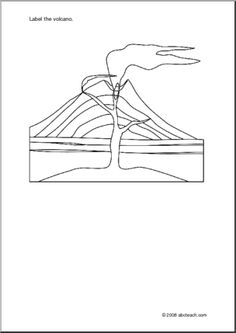



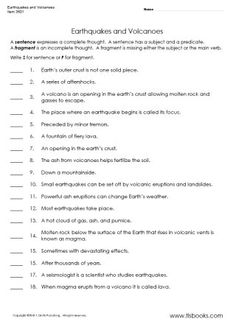
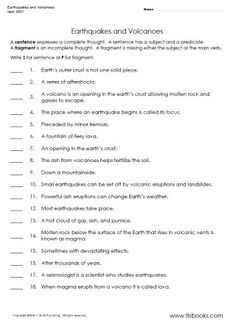
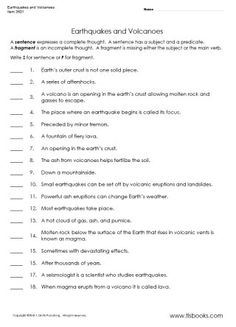
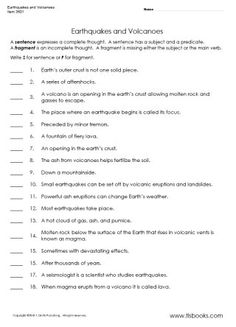
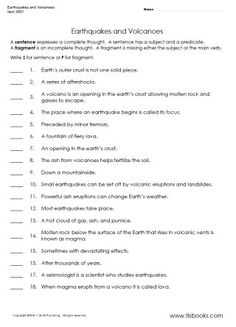
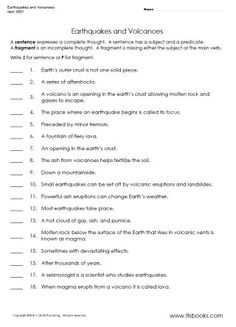
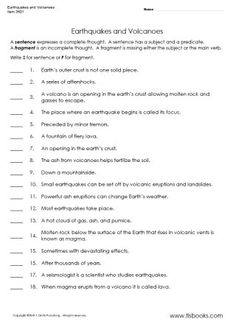
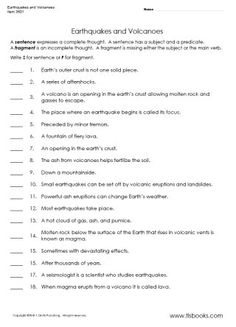
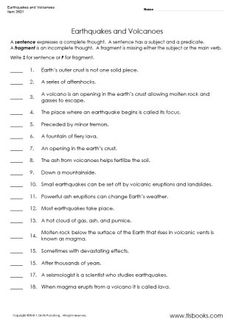
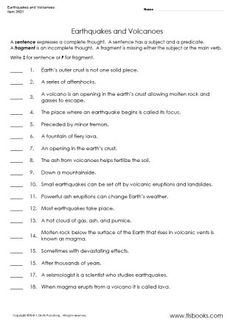
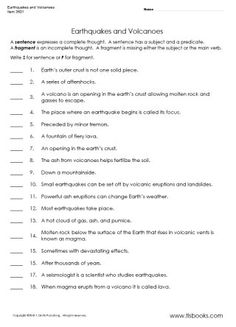

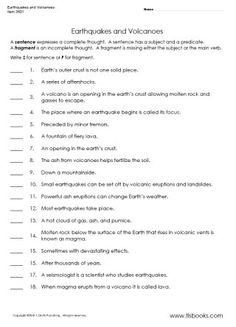
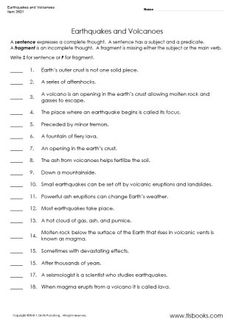
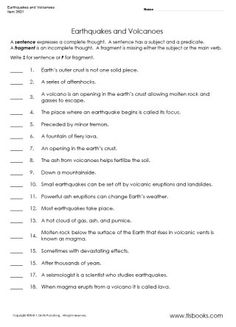

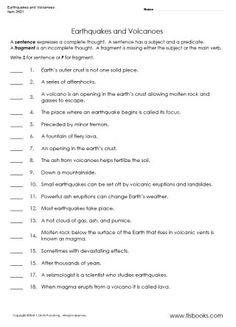
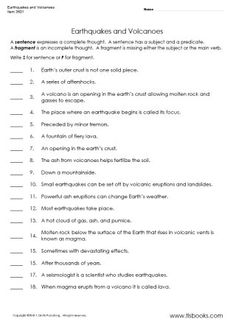
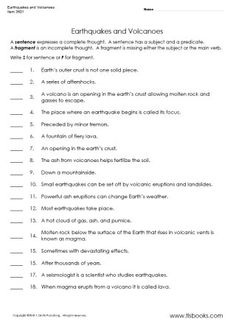














Comments